Typical Dutch 01 – de windmolen (windmill)
Transcript of the video lesson (scroll for more text):
Welcome to learndutch.org’s “Typical Dutch Vocabulary”. Each Saturday on our Facebook fanpage, we post about something typically Dutch (traditions, food, habits), and ask your opinion.This is an extra video lesson to the post about the windmill. It is a national symbol, so I thought I should tell more about it. We can say “molen” for short or “windmolen”.They appeared first in the Netherlands at the end of the 12th century. At the moment we have almost 1200 windmills, which is much less than the many thousands mills there used to be in the Dutch Golden age, the 17th century.
Of course the windmill was made to deliver the power for all kind of mechanical processes, such as grinding grain, cutting wood, and managing the water levels in “de polder” (the land that is below sea level).
Important word to know, is the part of the mill that catches the wind: “de wieken”. And the person who operates the mill, is called “de molenaar”.
Now, it is interesting to tell, that by the position of “de wieken”, “de molenaar” could tell you something.
First, if the sails are positioned 45 degrees in relation to the ground, this means a long break (“lange rust”), for example during the off season.
If the sails are positioned perpendicular to the horizon, it indicates a short break (“korte rust”).
“Vreugde” is the position: one o’clock of the upper sail. It is symbolic for the start of a new cycle, and applied in case of a birth or a marriage.
“Rouw” is the postion: 11 o’clock of the upper sail. It is symbolic for the end of a cycle, and applied in case someone died.
Of course, if you come to the Netherlands, you must see the windmills. There are two places where you can see a lot of them. On the picture here is: “Kinderdijk”. There are 19 windmills. These are so called “poldermolens”, built to keep the water out of the polder. Kinderdijk is not so far from Rotterdam.
And then there is: “Zaanse Schans”, where you can find 15 windmills, and quite some well preserved typical Dutch historic houses. The function of the windmills in Zaanse Schans used to be industrial, such as wood processing and grinding mills. Zaanse Schans is located close to Amsterdam. And the place is still industrial, but then in terms of the tourist industry. It is third most visited tourist attraction of the Netherlands. For those who have few hours available during a stop over at the Amsterdam airport. There are excursions that leave directly from there.
But what about the future of “wind energie”. In the Netherlands, at this moment “wind turbines” as we say in Dutch, supply 5% of the total electricity consumption. Is that a lot?
Well, the Dutch do NOT have a leading role anymore, like in the 17th century. Our neighbours, the Germans have more than 8% supplied by wind energy.
Now, if there is one thing, the Dutch don’t like, then it is losing against the Germans, so we are working on this; by building large wind farms in the Northsea.
Well that’s it, I hope the information was useful to you. You now know a bit more about windmills and the most important related words.
Subscribe to our channel to be updated for weekly new videos to learn Dutch.
See you there !
